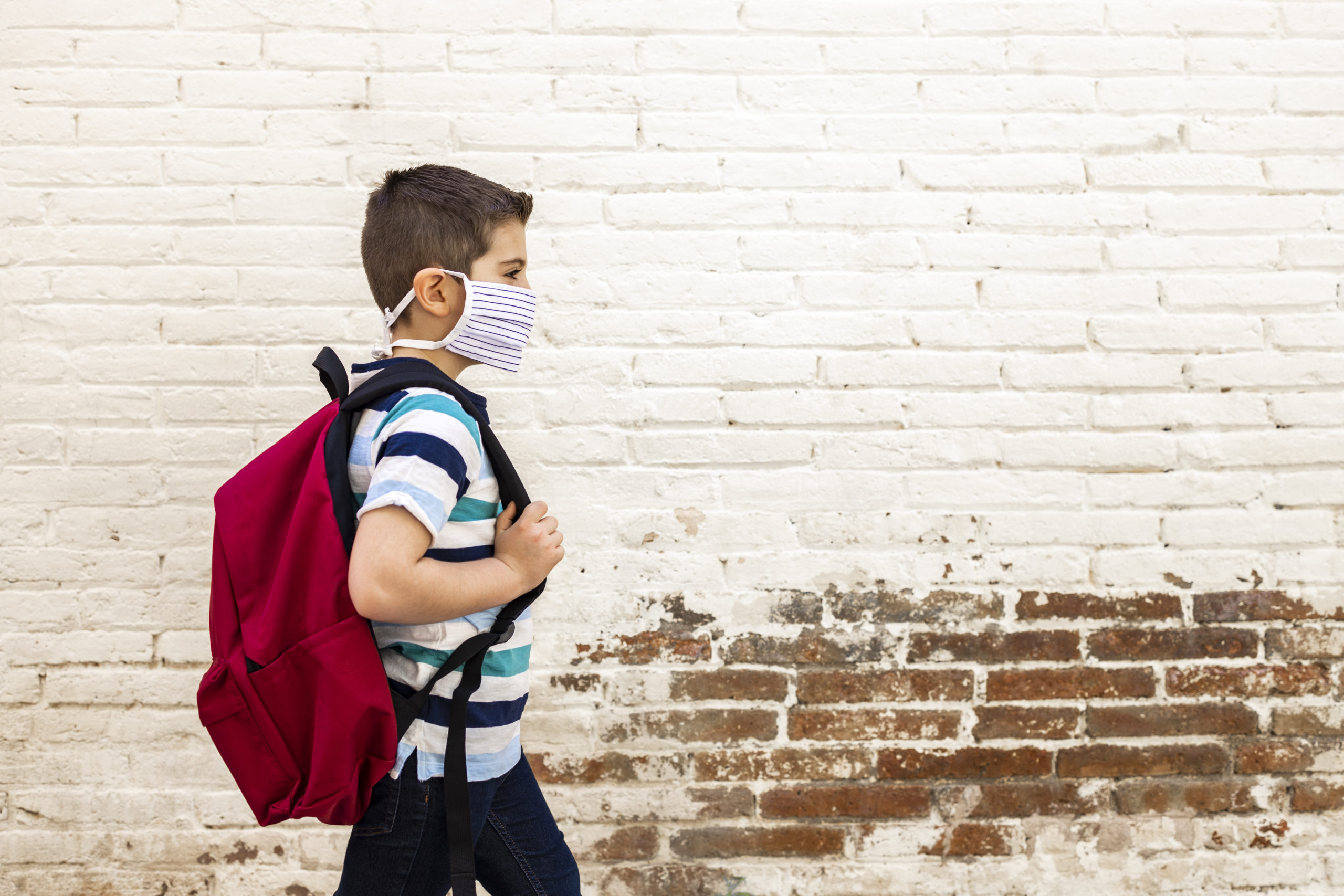The CDC updated on Thursday its guidelines for schools to reopen with in-person learning while encouraging leaders to make decisions that take into account the level of community transmission.
“There are many reasons why opening schools in the fall of 2020 for in-person instruction is important,” the CDC says with this release, citing the guidance is designed to protect the health, safety and wellbeing of students, teachers, other school staff, their families and communities.
The guidance does not replace any state, local, territorial, or tribal health and safety laws, rules, and regulations with which schools must comply.
Key Points for School Leaders:
- Implement multiple SARS-CoV-2 mitigation strategies (e.g., social distancing, cloth face coverings, hand hygiene, and use of cohorting).
- Engage and encourage everyone in the school and the community to practice preventive behaviors. This includes communicating, educating and reinforcing appropriate hygiene and social distancing practices.
- Integrate SARS-CoV-2 mitigation strategies into co-curricular and extracurricular activities (e.g., limiting or cancelling participation in activities where social distancing is not feasible).
- Maintain healthy environments (e.g., cleaning and disinfecting frequently touched surfaces).
- Repurpose unused or underutilized school (or community) spaces to increase classroom space and facilitate social distancing, including outside spaces, where feasible.
This is in addition to the previous Guidance for Schools & Child Care provided by the CDC.
Children with COVID-19
In the guidance, the CDC reports that children appear to be at lower risk for contracting COVID-19 compared to adults.
- Adults make up nearly 95% of reported COVID-19 cases. [4]
- Early reports suggest children are less likely to get COVID-19 than adults,
- When children do get COVID-19, they generally have a less serious illness. [5]
- As of July 21, 2020, 6.6% of reported COVID-19 cases and less than 0.1% of COVID-19-related deaths are among children and adolescents less than 18 years of age in the United States. [6]
- However, many children (and adults) are asymptomatic, meaning they have no signs or symptoms of illness.
Common COVID-19 symptoms among children include fever, headache, sore throat, cough, fatigue, nausea/vomiting, and diarrhea. [3]
Resources
Guidance on Preparing for Safe Return
Full Guidance for Schools & Child Care





